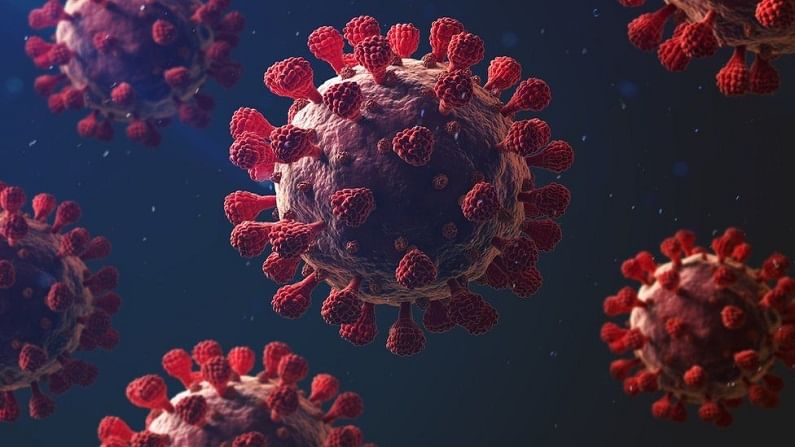Invest in Credit Risk Mutual Fund or not?
What are Credit Risk Funds? Why investors stay away from this investment? How do these funds work? How much is the risk in this investment?

Even as fresh Covid-19 cases have been on a downward trend, epidemiologists are concerned about the rising R-value which indicates the number of people getting infected from an already infected person.
Tamil Nadu is a case for instance. As per a Times of India report, the State on Thursday recorded fewer than 2,000 cases. The positivity rate, that is the number of positive cases for every 100 people tested, in the state is also low at around 1.3%, the news report said. Adding to that, all districts had a positivity rate below 2%. Chennai was among the eight districts with positivity rate of about 1.5%.
The worrying factor, however, is the rising R-value in 18 districts. Epidemiologists expressed concerns about the rising R value. At least in 18 districts the R-value is higher than one. “Tiruvarur and Krishnagiri have the highest R value at around 1.3, while Chennai has 1.2,” the newspaper report added.
Epidemiologists to wait for a week
According to Indian Express, an R-value higher than 1 means that more than one person, on an average, contracting the infection, from an already-infected person. Rising R-value hints at the possibility of surge in cases.
Epidemiologists, however, said they would wait a week before declaring the rise as the start of the third wave. The R value in India at present is 1.01. It was around 1.4 in March when the cases were rising pretty fast , and in May when cases started declining, the R value fell to around 0.7
At least 10 states have an R-value higher than the national average of 1.01. Delhi and Maharashtra are at 1.01. Madhya Pradesh (1.31) has the highest R value in the country, followed by Himachal Pradesh (1.30) and Nagaland (1.09), reported the Times of India.
“The R value is high because of the erratic daily numbers, but that does not indicate risk because the percentage of people who test positive over the total number of people tested (test positivity rate) is still low,” National Institute of Epidemiology director Dr Manoj Murhekar told the Times of India.